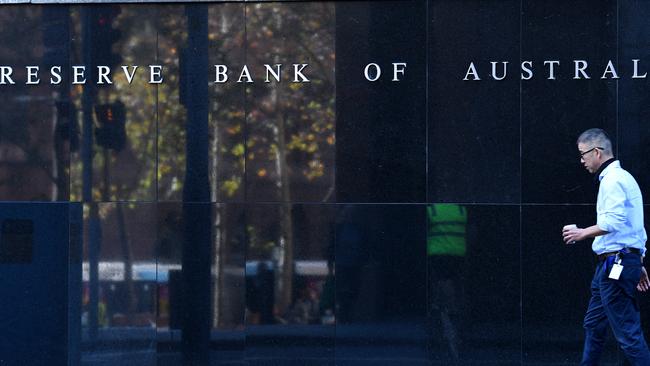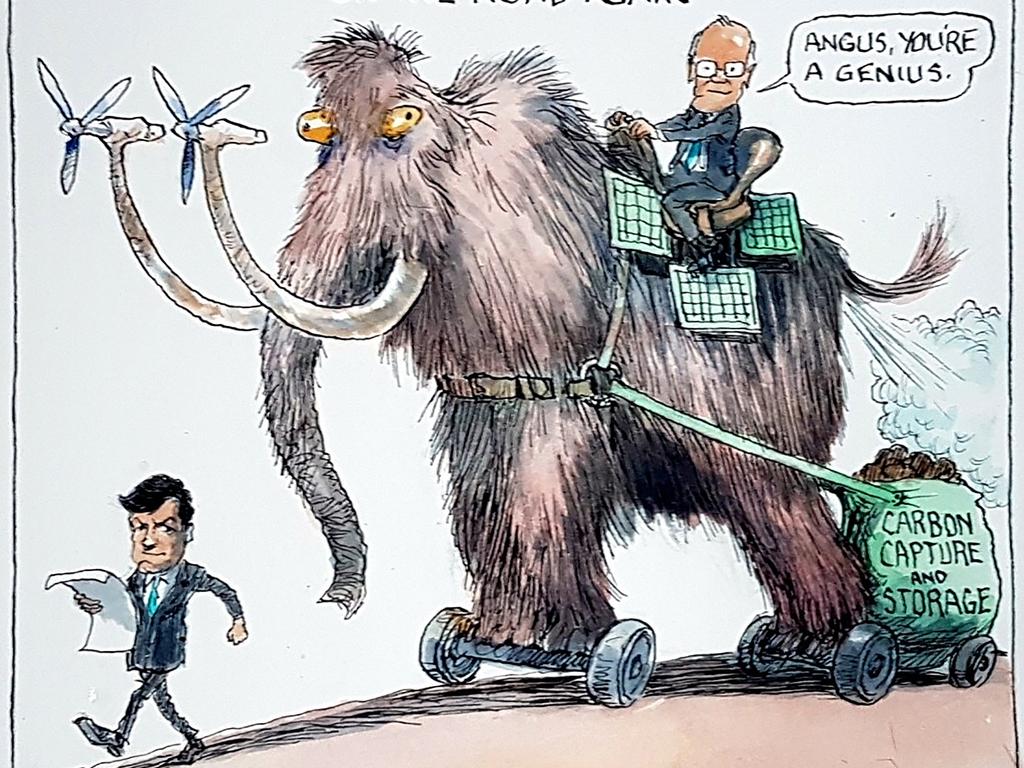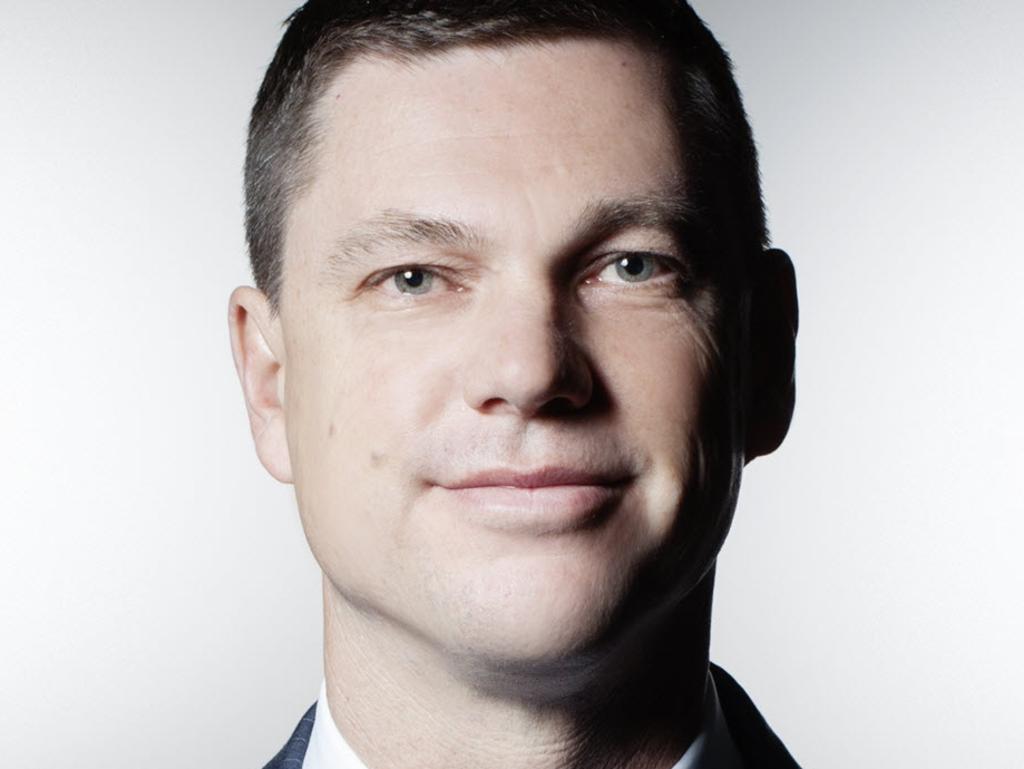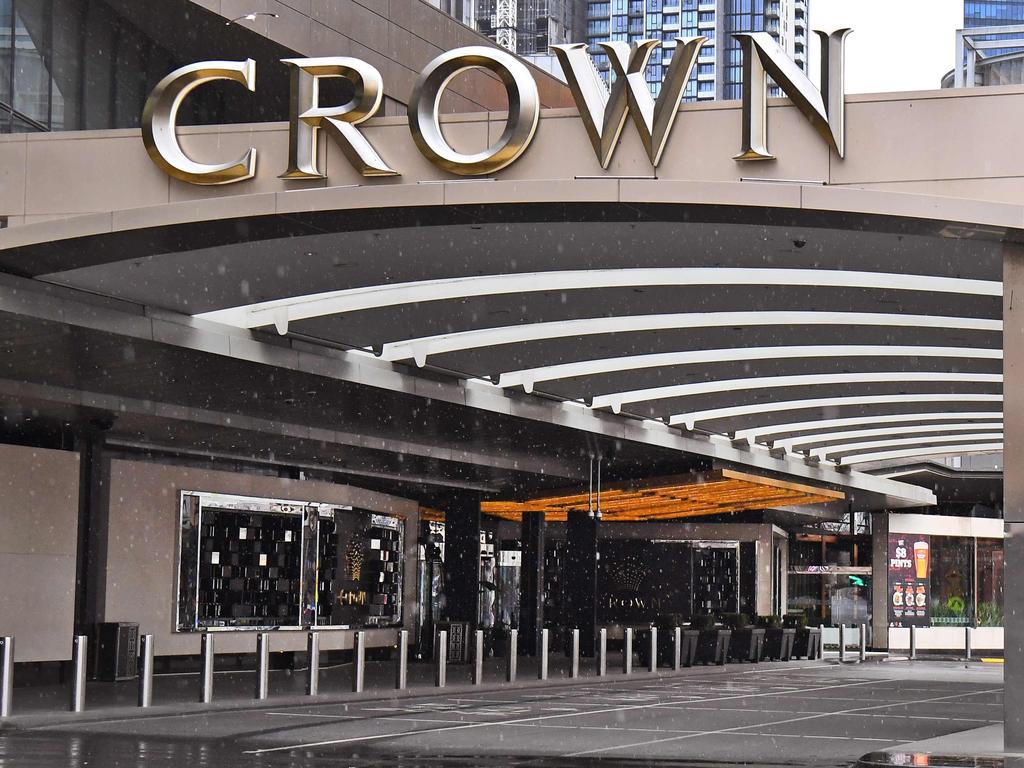Don’t expect any fireworks from the RBA
It is highly unlikely that there will be a pyrotechnic policy announcement at the bank’s next board meeting on October 6.

The Reserve Bank remains watchful of the economy and is primed to lend more support if needed, but it is highly unlikely that there will be a pyrotechnic policy announcement at the bank’s next board meeting on October 6.
Financial markets moved this week to price in an October cut to the official cash rate that would bring it to around 0.10 per cent from the current record-low 0.25 per cent, with some forecasters anticipating that the RBA might also announce the buying of longer-dated government bonds to further lower borrowing costs.
The theory ran that RBA governor Philip Lowe would want to maximise the impact of further monetary policy stimulus by coinciding an easing in the cash rate with the federal government’s budget, which will also be presented on October 6 and is expected to be stimulatory.
The so-called “Team Australia” moment in which the key arms of economic policy would band together is a fine idea, but don’t bet on it actually happening.
Speculation about a coming cut in interest rates really took off when RBA deputy governor Guy Debelle gave a speech on Tuesday that included a laundry list of options for further action by the central bank. Mr Debelle added that policymakers continue to weigh their use.
But, what was truly notable about Mr Debelle’s speech is that it only sifted policy options that the bank had already aired publicly on a number of occasions. He was looking deeper into old territory, but there was no signalling going on.
Some of the policy options put forth by Mr Debelle, such as expanded bond-buying and lowering the official cash rate closer to zero, have merit.
But the probability of moves like a shift to negative interest rates, or intervention in currency markets to put downward pressure on the Australian dollar, continue to range from extraordinarily unlikely to highly implausible.
The RBA would get outgunned in the currency markets. It might win a battle or two and press the Australian dollar into a retreat, but it would ultimately lose the war, given the scale of selling needed to sustainably lower the currency.
The RBA has no plan to take interest rates negative given the problems that would ensue might well exceed any gains made. While it is on the table, it’s still a distant option.
Things really got crazy during the week when Westpac chief economist Bill Evans forecast that the RBA would cut in October. Mr Evans has predicted the RBA’s policy direction exceptionally well over a long career and his call jolted the Australian dollar.
Fiscal policy has the stage
Even former Treasurer Paul Keating put pressure on the RBA to do more to support the economy, arguing that the central bank was being too hesitant and had fallen behind the curve.
Still, it looks like both will have to wait a while yet before the RBA pulls the trigger on further easing.
For now, at least, fiscal policy has the stage.
On October 6, Treasurer Josh Frydenberg will announce the government’s budget for 2020-21, and it is likely to be ugly with a deficit in the year to June 30, 2021, exceeding $200bn.
That is going to be painful for a man who was on the cusp of announcing the first federal budget surplus in over a decade before COVID-19 came through the arrivals lounge at Sydney’s international airport at the start of the year.
Crucially, the budget will set out a plan to support the economy over the long haul. Mr Frydenberg said in a speech on Thursday that a move toward austerity and higher taxes to win back the dream of budget surpluses would be foolish and harmful. He needs to be applauded for that.
The plan for the foreseeable future is to support job creation, with Mr Frydenberg saying that pushing unemployment back below 6 per cent is the ultimate objective.
Some might argue that keeping the fiscal floodgates open at this time is the only logical path forward for the government, and they would be right. But, historically, Australians have had a deep hatred of government debt and deficits and have tended to punish governments that step out of line.
So Mr Frydenberg will be dismantling a key political and economic paradigm in the budget and setting out to establish a new one.
The RBA won’t want to get in the way of that critical message from Canberra by muddying the waters with its own policy actions on October 6.
That’s not to say the RBA isn’t cautious and dealing with its own anxiety about the economic outlook. It is watching the consumer with particular interest: what households do with the massive rise in savings that took place in the second quarter as government stimulus was saved, fear reigned and options to spend were curbed will shape the future trajectory of the economy.
If consumers choose to keep saving in coming quarters out of fear about the future and a coronavirus resurgence, the RBA will be forced off the sidelines to ease further. State governments also need to step up with more spending on infrastructure.
The states control a lot of government spending and Dr Lowe has already made his thoughts known on the issues.
The Wall Street Journal








To join the conversation, please log in. Don't have an account? Register
Join the conversation, you are commenting as Logout